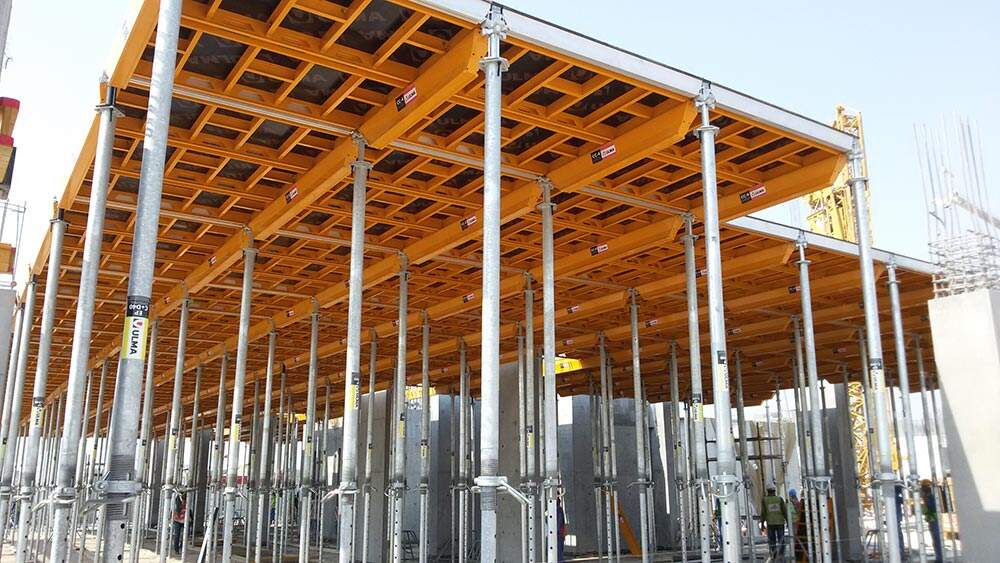Revolutionizing Construction with Modern Steel Structures
The evolution of construction technology has brought workshop steel structure to the forefront of modern building solutions. These innovative structural systems have transformed how we approach industrial and commercial construction, offering unprecedented levels of efficiency, durability, and versatility. As businesses seek more cost-effective and sustainable building solutions, steel structures have emerged as the go-to choice for workshops, warehouses, and industrial facilities.
Modern workshop steel structures represent a perfect fusion of engineering excellence and practical functionality. They've revolutionized the construction industry by providing solutions that not only meet current building demands but also anticipate future needs. The implementation of these structures has led to remarkable improvements in construction timelines, operational efficiency, and overall building performance.
Core Components of Workshop Steel Structures
Primary Structural Elements
The foundation of any workshop steel structure lies in its primary structural elements. These include main columns, roof trusses, and beam systems that work together to create a robust structural framework. The precision-engineered steel components are designed to distribute loads effectively while maintaining optimal strength-to-weight ratios. Each element undergoes rigorous quality control during manufacturing to ensure maximum durability and performance.
Advanced steel grades and treatments enhance these components' resistance to environmental factors, reducing maintenance requirements and extending the structure's lifespan. The strategic placement and connection of these elements create large, unobstructed spaces that maximize usable area within the workshop.
Secondary Support Systems
Complementing the primary structure, secondary support systems play a crucial role in workshop functionality. These include purlins, girts, and bracing members that provide additional stability and support for cladding materials. The integration of these components allows for flexible interior layouts and easier modification of the space as operational needs evolve.
Modern workshop steel structures incorporate sophisticated connection systems that enhance overall structural integrity while simplifying assembly and future modifications. These connections are designed to maintain stability under various load conditions while facilitating quick installation and potential future expansions.
Enhanced Operational Efficiency Features
Spatial Optimization
Workshop steel structures excel in creating optimal working environments through their efficient use of space. The inherent strength of steel allows for longer spans between supports, resulting in more open floor plans and improved workflow patterns. This spatial efficiency translates directly into enhanced productivity and better utilization of available square footage.
The versatility of steel construction permits the integration of overhead cranes, mezzanine floors, and specialized equipment support systems without compromising the structure's integrity. This adaptability ensures that the workspace can evolve with changing operational requirements while maintaining optimal efficiency.
Energy Management Systems
Modern workshop steel structures incorporate advanced energy management features that significantly reduce operational costs. The design allows for effective installation of insulation systems, reducing heat loss and maintaining stable indoor temperatures. Strategic placement of natural lighting elements, such as skylights and clerestory windows, minimizes the need for artificial lighting during daylight hours.
The integration of smart building technologies with the steel structure enables precise control over environmental conditions, leading to improved energy efficiency and reduced carbon footprint. These systems work in harmony with the building's structural design to create a sustainable and cost-effective operational environment.
Construction and Installation Benefits
Rapid Assembly Process
The prefabricated nature of workshop steel structures dramatically reduces construction time compared to traditional building methods. Components arrive on-site pre-engineered and ready for assembly, minimizing the need for on-site modifications. This streamlined process not only accelerates project completion but also reduces labor costs and potential construction errors.
Advanced manufacturing techniques ensure precise fit and alignment of components, facilitating smooth assembly sequences. The systematic installation process allows multiple work crews to operate simultaneously, further expediting project completion while maintaining high quality standards.
Quality Control and Precision
Workshop steel structures benefit from rigorous factory quality control processes that ensure consistent component quality. Each structural element undergoes detailed inspection and testing before leaving the manufacturing facility, reducing the likelihood of defects and installation issues. This level of quality control contributes to better building performance and longevity.
The precision engineering involved in steel structure manufacturing results in minimal material waste and better fit accuracy during assembly. This attention to detail translates into structures that maintain their integrity and performance characteristics throughout their operational life.
Long-term Performance Advantages
Durability and Maintenance
Workshop steel structures demonstrate exceptional durability under various environmental conditions. Modern steel treatments and protective coatings provide superior resistance to corrosion, weather damage, and wear. This inherent durability translates into reduced maintenance requirements and lower lifecycle costs for building owners.
Regular maintenance protocols for steel structures are straightforward and cost-effective, focusing primarily on periodic inspections and preventive measures. The longevity of steel components, combined with their resistance to degradation, ensures sustained building performance over extended periods.
Adaptability and Future-Proofing
The modular nature of workshop steel structures allows for easy modification and expansion as business needs evolve. Whether adding new sections, reconfiguring internal spaces, or upgrading building systems, steel structures provide the flexibility needed to accommodate change without major disruption to operations.
This adaptability extends to the integration of new technologies and equipment, ensuring that the building remains relevant and efficient throughout its lifecycle. The inherent strength of steel construction provides ample capacity for future modifications while maintaining structural integrity.
Frequently Asked Questions
What is the typical lifespan of a workshop steel structure?
A properly maintained workshop steel structure can last 50 years or more. With regular inspections and appropriate protective measures, these buildings often exceed their initial design life while maintaining structural integrity and operational efficiency.
How do steel structures compare to traditional construction methods in terms of cost?
While initial material costs may be higher, workshop steel structures often prove more economical over time due to faster construction, reduced labor costs, lower maintenance requirements, and superior energy efficiency. The total lifecycle cost typically demonstrates significant savings compared to conventional building methods.
Can workshop steel structures be customized for specific industrial requirements?
Yes, workshop steel structures offer extensive customization options. From span widths and ceiling heights to specialized equipment support systems and environmental controls, these structures can be designed to meet specific operational needs while maintaining optimal efficiency and safety standards.






